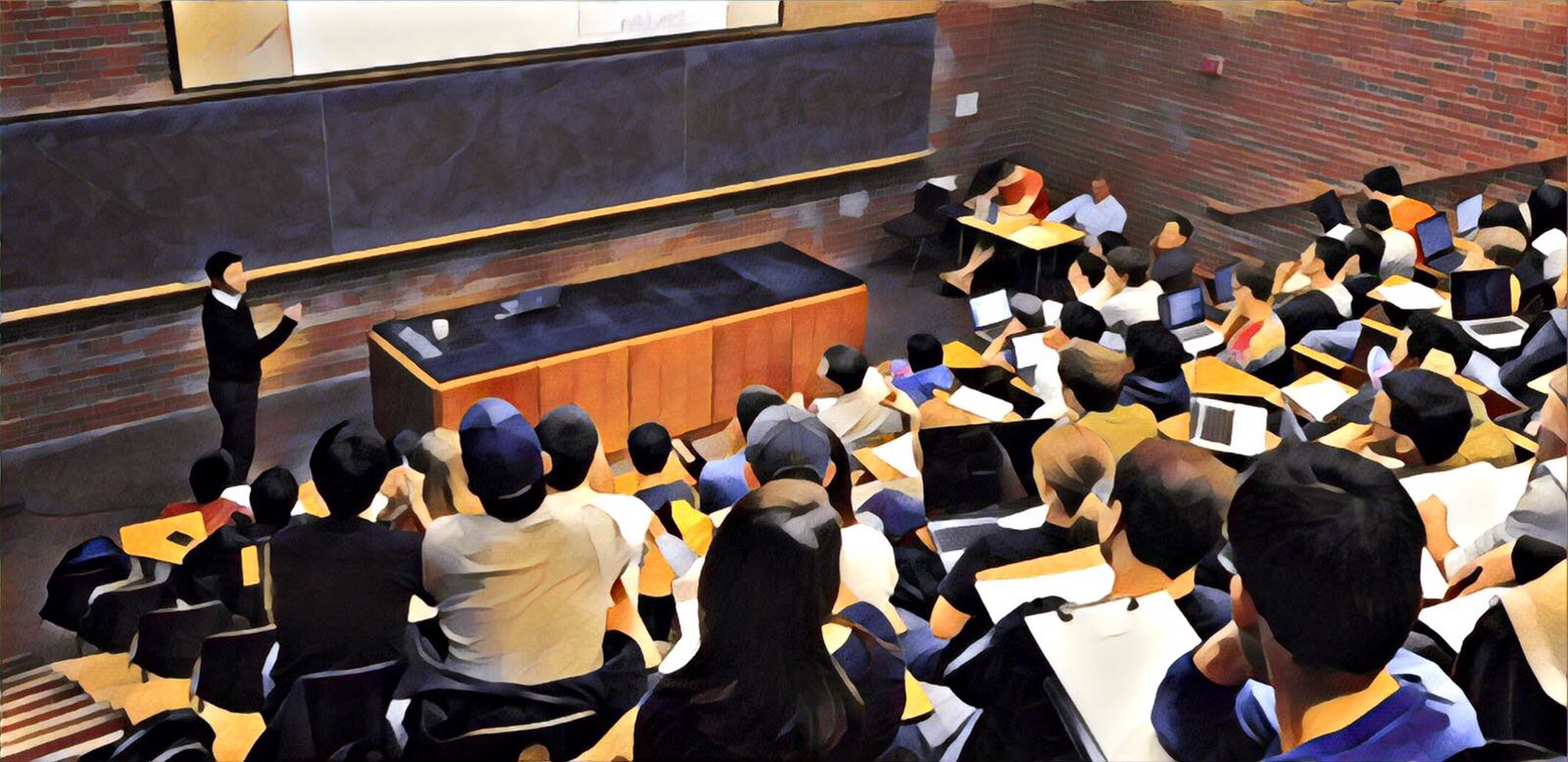
WORKFORCE GAP
The U.S. economy is facing a growing problem where employers can't find enough skilled workers to fill the growing job openings available. This disparity, the "workforce skills gap" will cripple the economy if it is not reversed in the next decade. The United States currently has 7 million unfilled jobs. In the case of California, the Public Policy Institute of California projected that by 2025 the state will face a shortage of 1 million college credentials needed to fuel its workforce.
By 2020, approximately 25% of the workforce will be age 55 and older, and an estimated 2.7 million Baby Boomers (22% of the existing workforce) will retire between 2015 and 2025. The changing nature of work and the growing need for improved workforce skills has companies paying more attention as they consider the resulting business impact of a declining labor force.
"By 2025, California will face a shortage of 1 million college degree and certificate holders needed to fuel its workforce."
CURRENT BARRIERS TO SUCCESS
Today's college students face issues that reduce their collegial success stemming from a lack of resources (i.e., work schedules, access to tutoring, office hours attendance, housing, food insecurity, health services, and locating solutions). This is exactly why legislators in California have passed AB705, and established a new performance based funding formula for community colleges.
To better understand the broader impact of Binom’s solution, one needs to better understand the communities it serves. In the case of California, here’s a snapshot of community college students:
1 in every 4 community college students in the nation is a California community college student
3 in every 10 Californians ages 18-24 are currently enrolled in a community college
28.5 percent of enrolled students are over the age of 30
30 percent of enrolled students have a dependent child
enrollment for Spring 2017: 64 percent part-time, 36 percent full-time
25 percent of students at community colleges had very low food security
1 in every 5 of the Los Angeles Community College District’s 230,000 students is homeless
1 in 4 has a diagnosable mental health problem; about 40 percent do not seek timely help
by 2025 a shortage of 1 million college degree and certificate holders will impact California’s workforce
A large proportion of students work either full or part time, with children or siblings to care for, and with schedules that make it challenging at best to attend physical office hours. Student success is only possible if basic needs are met, freeing students to focus on their educational goals. Mentorship and advisement are critical to ultimately help students achieve their degrees and certifications.
LOW GRADUATION RATES
Community colleges are tasked with preparing the workforce for 21st century careers, yet 70 percent of students fail to graduate or transfer, and many acquire the burden of student loan debt without the benefit of obtaining credentials. Research in 2015 found the freshman 4-year graduation rate was a low 19 percent. The number of hours worked by students affects student outcomes: 60 percent of low-income working learners who work more than 15 hours per week earn grades of C or lower, according to the Georgetown University Center on Education and the Workforce. By 2020, the U. S. will have 1.5 million too few workers with college or graduate degrees and nearly 6 million too many who have not completed high school.

